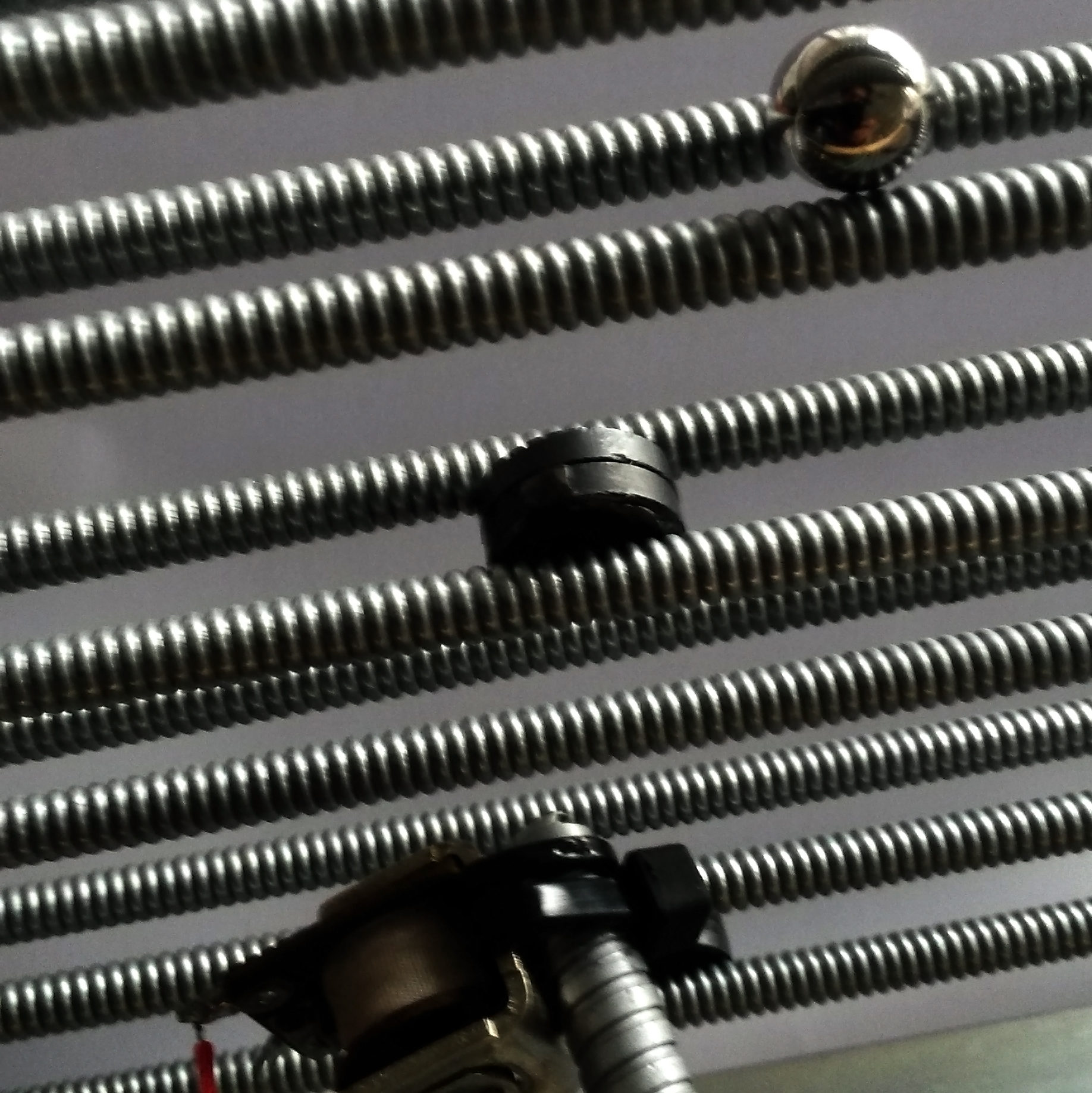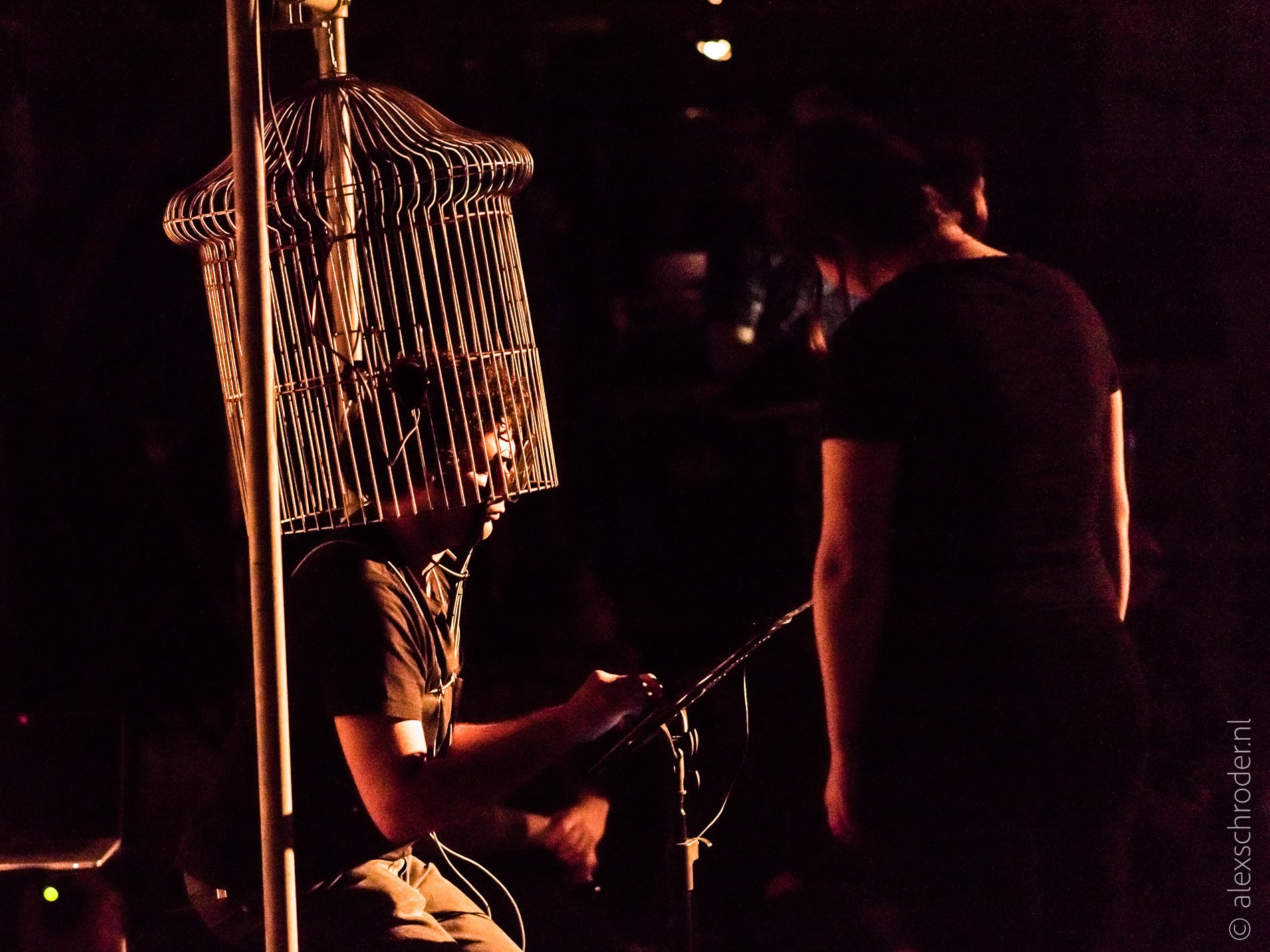“All is Well” began as a playful reflection on “The Myth of Sisyphus” by Albert Camus. In this myth, Sisyphus is condemned to push back a stone up a hill just to let it roll back down, for eternity. In this text I am most amazed by Camus’ view on the “absurd hero”:
“At the very end of his long effort measured by skyless space and time without depth, the purpose is achieved. Then Sisyphus watches the stone rush down in a few moments toward that lower world whence he will have to push it up again toward the summit. He goes back down to the plain.
It is during that return, that pause, that Sisyphus interests me. A face that toils so close to stones is already stone itself!I see that man going back down with a heavy yet measured step toward the torment of which he will never know the end. That hour like a breathing-space which returns as surely as his suffering, that is the hour of consciousness.”
To focus on this “hour of consciousness” I decided to expand and magnify the physical phenomenon of a gradual descend, where one has to put effort into lifting an object in order to observe its fall.
During the process of sketching for this work, the idea behind the work shifted away from absurdity and eternal condemnation in Camus’ writing, and moved towards a playful piece for audience engagement.
































